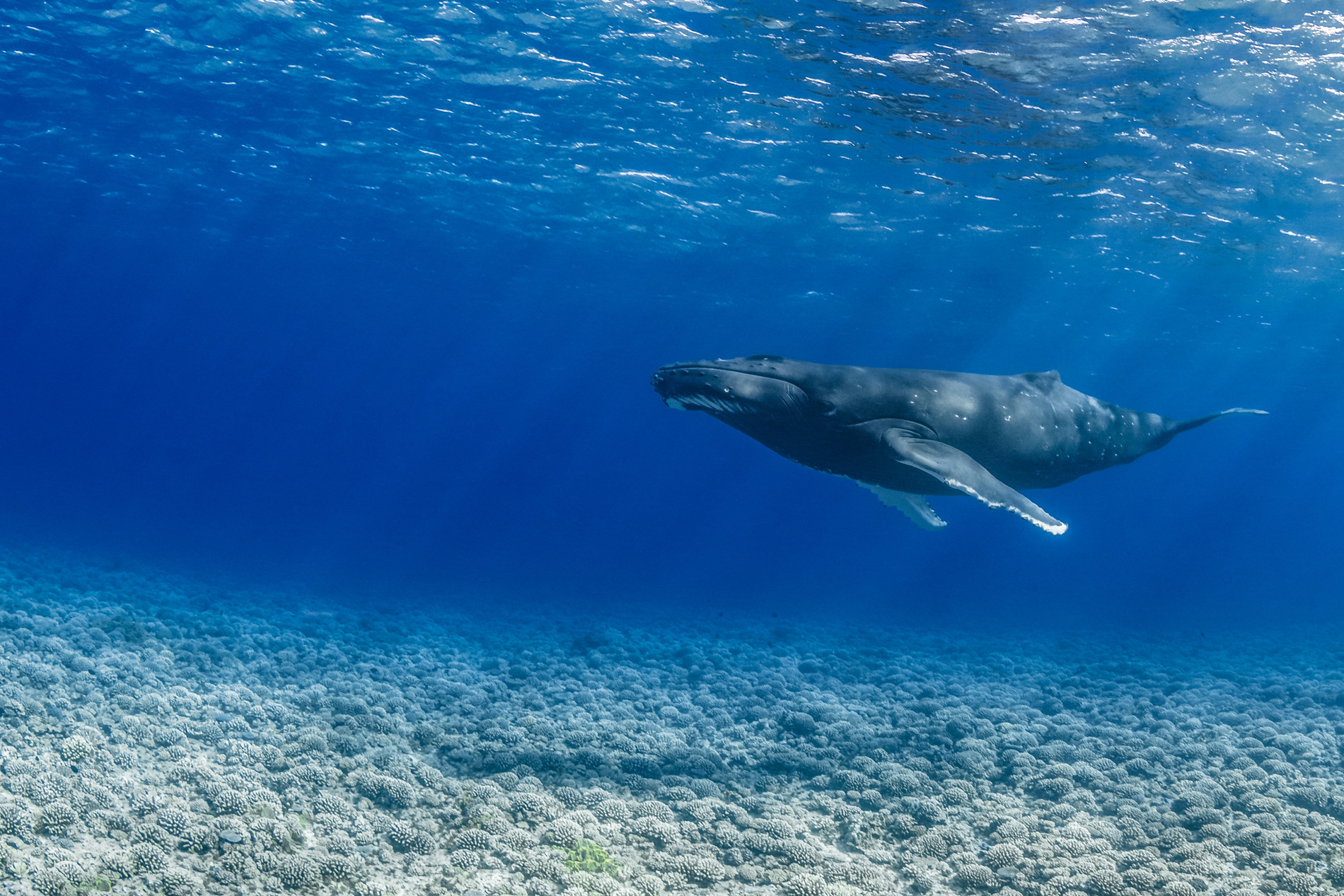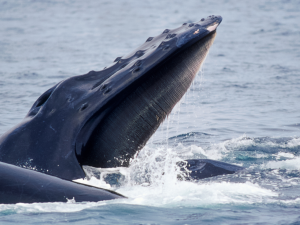Planned responses and contingency plans for major incidents
Management framework
- Last updated | 25 July 2023
Major incidents are here defined as serious human-caused incidents that are unpredictable and episodic, and can damage or disturb marine biota, including marine mammals. These include oil spills, ship groundings, the sinking of vessels, and outbreaks of invasive species, all of which may impact marine mammals.

Oil spills are known to pose significant risks to sea otters and various species of pinniped that rely on fur for insulation and bioaccumulation. Ingestion of oil poses a risk to cetaceans that occupy nearshore waters such as coastal dolphins, while all marine mammal species might experience behavioural disturbance from the slick or by clean-up operations [1].
Ship groundings may directly damage the benthos and suspend sediment in the water column and may impact seagrass beds [2]. This is particularly relevant for dugong and manatee, which rely on seagrass beds for feeding. Ship groundings, as well as sunken vessels, may also result in the leakage of fuel oil [3].
Invasive species outbreaks have the potential to cause cascading effects to ecosystems, and potentially affect cetaceans such as dolphins [4].
While the risk of major incidents cannot be completely eliminated by MPA management, strategies such as carefully locating shipping channels, enforcing the use of shipping channels (through AIS tracking), pilotage regulations and training, and rules for dealing with ballast water [5]. Early detection of invasive species within an MPA may involve targeted surveys and cooperation with community groups or tourist operators [6].
The capacity to deal with major oil spills, ship groundings or sunken vessels is often within national plans, rather than an MPA management plan. However, MPA management, as part of an effective response, should work closely with other relevant government agencies by providing logistical and organisational support, and providing valuable local knowledge regarding local infrastructure and personnel, and details of natural resources and their vulnerability. For example, in the case of an oil spill in the Great Barrier Reef, Maritime Safely Queensland will lead the response with the cooperation of GBRMPA and other agencies. MPA management in this case provides important local information and can coordinate follow-up monitoring [7].
Further, within a national or regional plan to respond to major incidents, or within an MPA plan, the specific responsibilities of and coordination between MPA management and other agencies should be explicitly stated to allow the most effective, timely response. The plan should allow for rapid permitting procedures within the park to allow a fast and appropriate response to the incident, including for the rescue and treatment of affected marine mammals.

A monitoring tool to help evaluate the status of Important Marine Mammal Areas, or IMMAs, has been tested in six IMMAs scattered across the world

New Open-Access Book Release: Marine Mammal Acoustics in a Noisy Ocean. Exploring the sounds of marine life and the challenges of a changing acoustic environment.

A coalition of leading scientists, civil society, governments, tech innovators and WWF have launched BlueCorridors.org. In a major advance for marine conservation, a global coalition

The full program has now been unveiled for the International Ship/Whale Collisions Workshop, taking place on June 16, 2025, as part of the OCEANS 2025

22 May 2025 – Phase 2 of the CAMAC Project (Conservation of Marine and Coastal Biodiversity in the Caribbean through Strengthened Management and Regional Cooperation)

13 February 2025 – 43 new Important Marine Mammal Areas (IMMAs) have been approved and placed on the map in the North West Atlantic Ocean